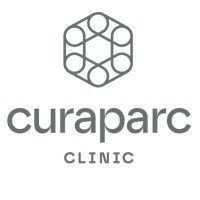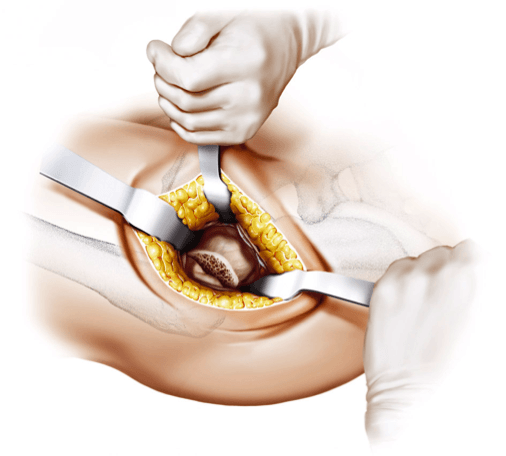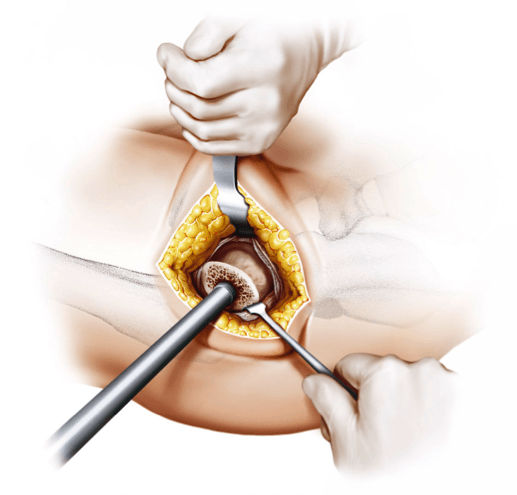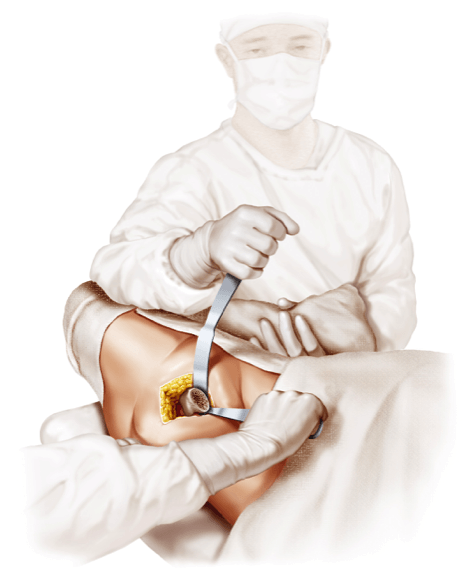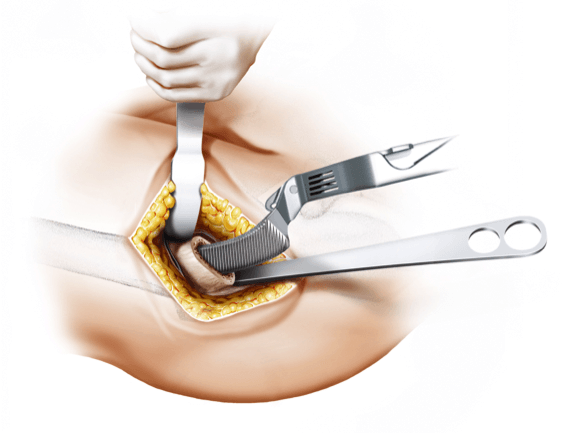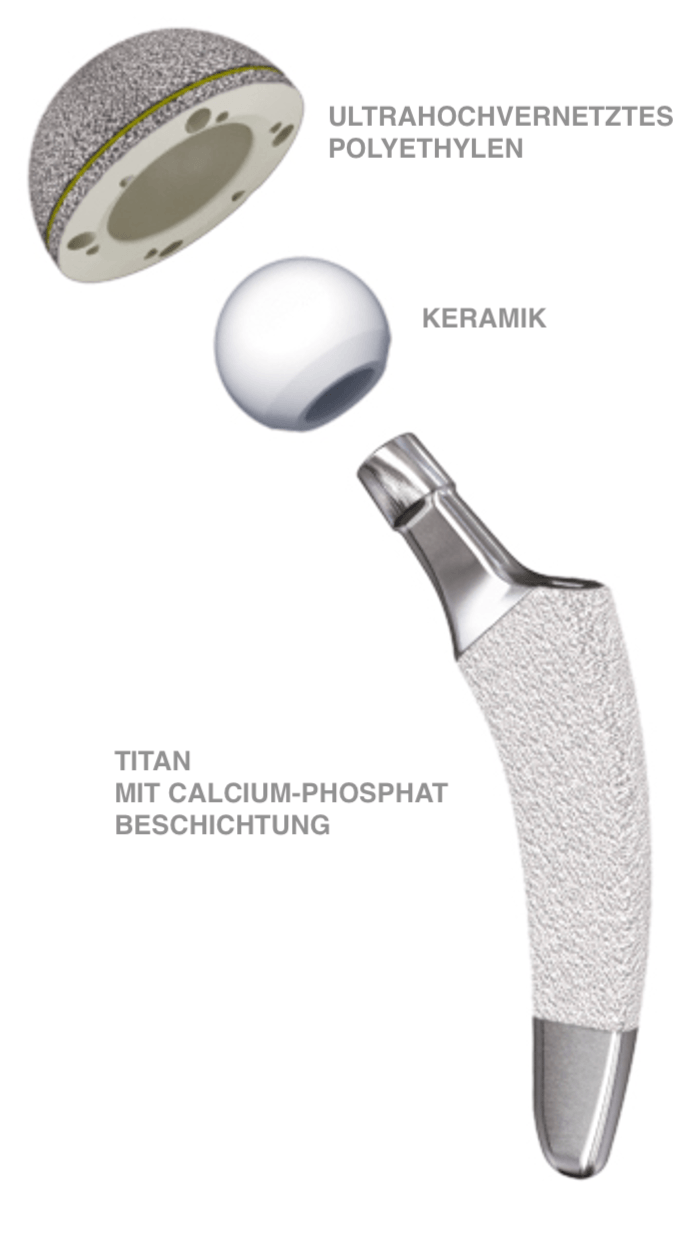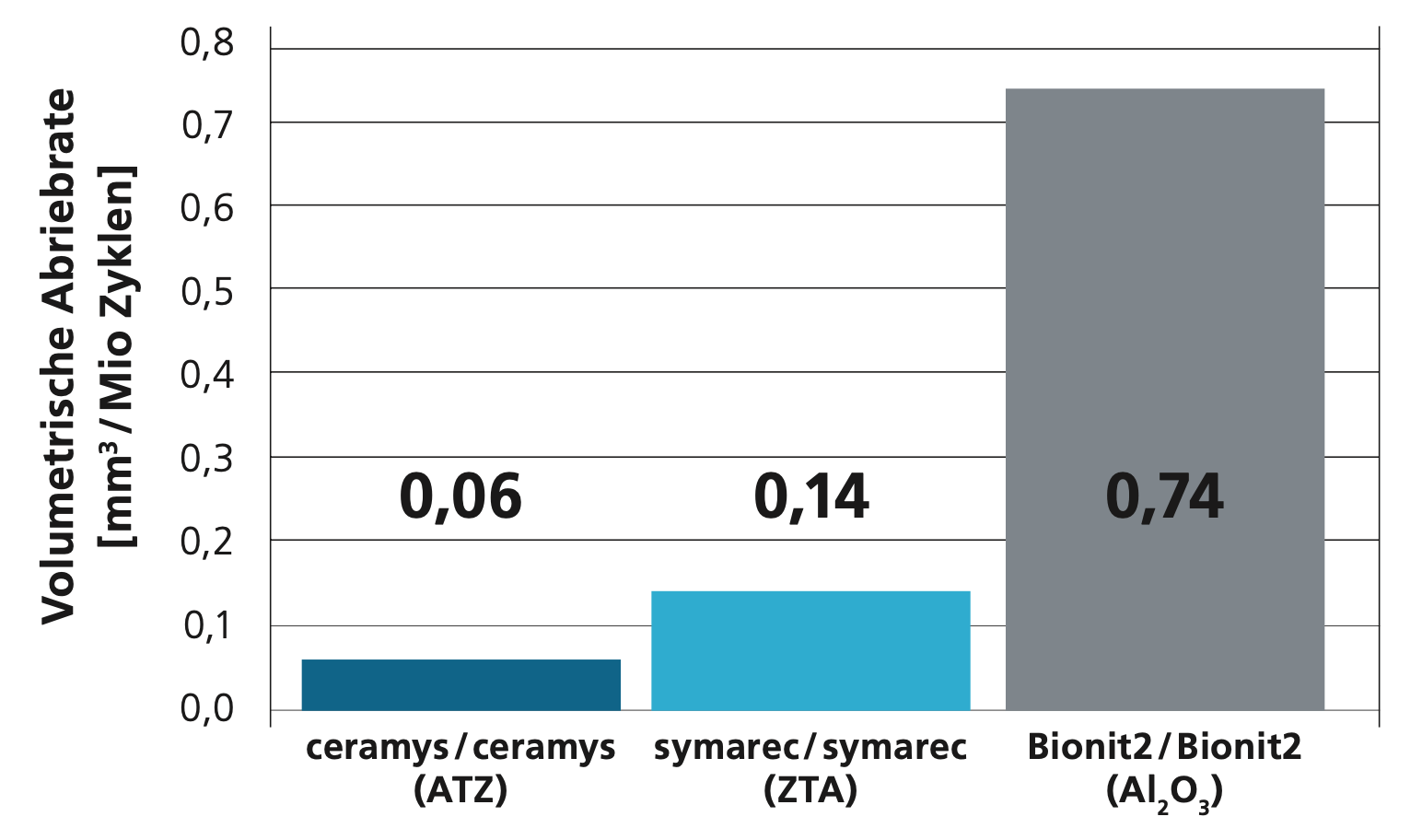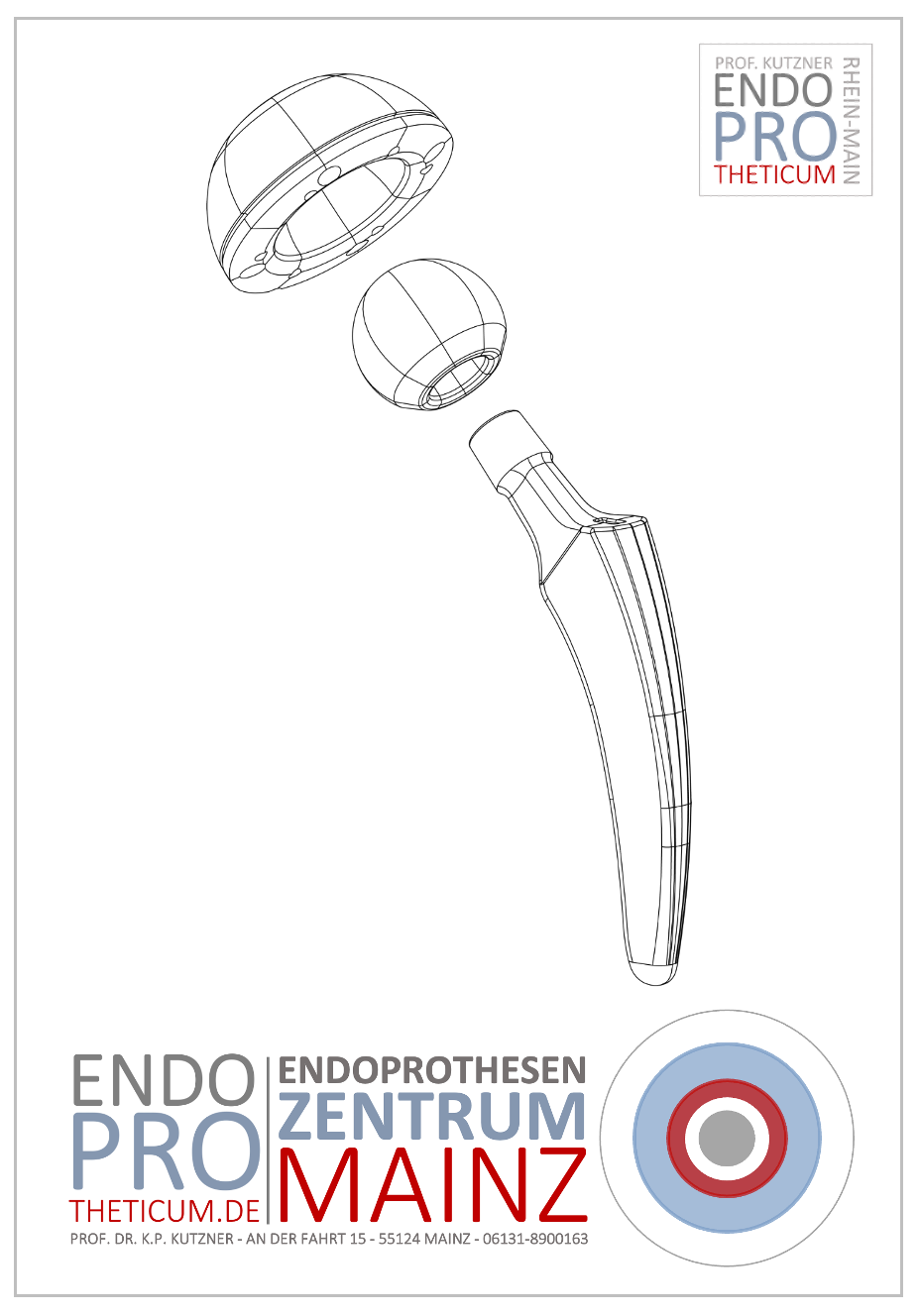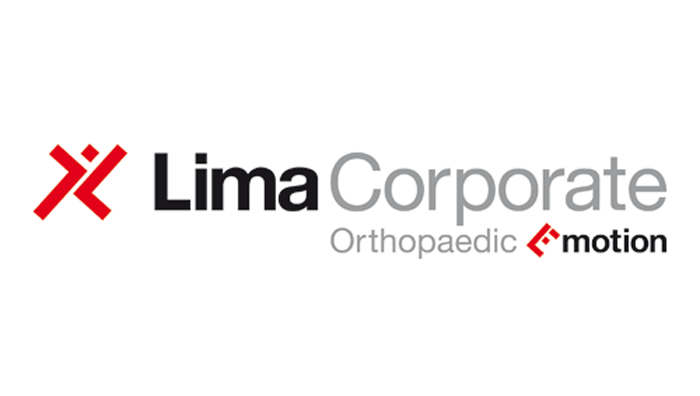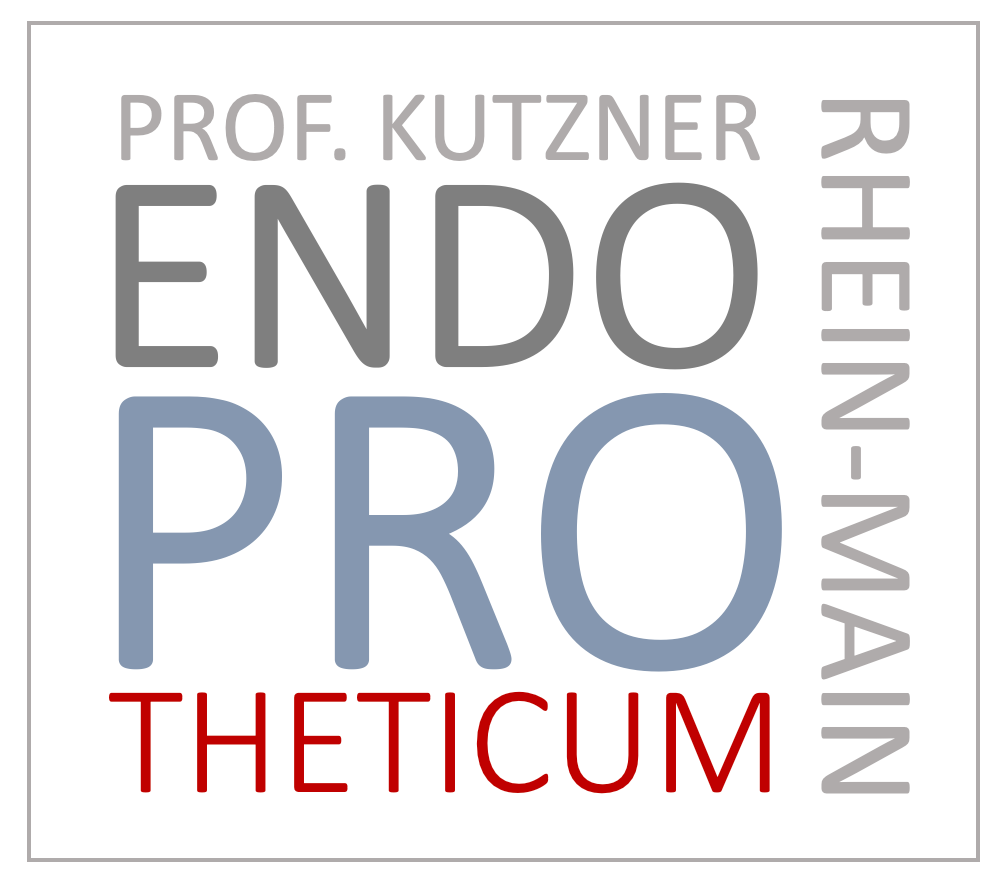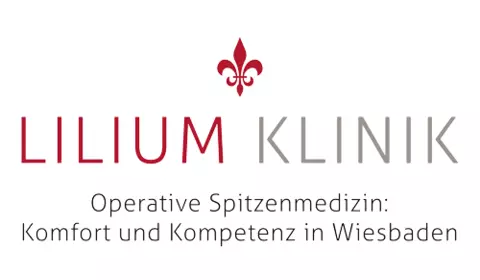JOINT REPLACEMENT: HIP TAP
ARTHROSIS HIP

surgical interventions be necessary in addition to conservative measures as part of the therapy of hip arthrosis (arthrosis hip)
- Joint-preserving operations on the hip joint (correction of misalignments and anatomical variants, usually using minimally invasive joint endoscopy (arthroscopy), sometimes also using joint opening (MINI-OPEN).
- Endoprosthetic operations on the hip joint (replacement of the destroyed parts of the joint with artificial implants made of titanium, ceramic and high-quality plastic)
Artificial joint replacement is a very successful and reliable treatment option in the advanced stages of osteoarthritis.
- Minimally invasive surgical method (ALMIS approach) without injuring the muscles
- Cementless short-stem prostheses
- Cementless conventional straight shafts
- Cemented implants (for osteoporosis)
- Sliding pairing made of ceramic / highly cross-linked polyethylene
THE ORIGINAL: THE WIESBADEN HIPS
THE " WIESBADEN HIP " CONSISTING OF THE MINIMAL-INVASIVE " WIESBADEN APPROACH " AND A BOTH MODERN AND PROVEN CEMENT-FREE SHORT SHAFT PROSTHESIS (DEVELOPED BY PROF. PFEIL) SHOWS EXCELLENT RESULTS AND IS USED WIDE BEYOND THE BORDERS OF THE RHINE-MAIN AREA KNOWS.
AS A HIP SPECIALIST, I HAVE A GREAT EXPERIENCE IN THIS TECHNOLOGY SINCE 2010 AND HAVE PERFORMED SOME THOUSANDS OF IMPLANTATIONS WITH CONTINUOUS FURTHER DEVELOPMENT.



PROF. KUTZNER: YOUR HIPS SPECIALIST IN MAINZ AND WIESBADEN
IN ENDOPROTHETICUM (SPECIAL PRACTICE JOINT REPLACEMENT)
MINIMAL-INVASIVE ALMIS ACCESS (FRONT-SIDE)
The minimally invasive antero-lateral access (on the front) to the hip joint, also "Wiesbadener access" , does not require the surrounding muscles.
The blunt preparation is carried out with the so-called “ WIESBADEN FINGER ”.
ALL IMAGES Courtesy of MATHYS
ARTIFICIAL HIP JOINT:
HIGH-QUALITY MATERIALS
CEMENT-free hip stems are usually made of titanium . There are no known allergies or intolerances here. With the help of a titanium plasma spray coating and a calcium phosphate coating, the bone grows onto the shaft in the first few weeks after the operation.
The principle of isoelasticity of titanium-coated pans made entirely of polyethylene ensures the best possible bone preservation over the long term. Abrasion resistance has been further improved with the introduction of vitamin E stabilized, highly cross-linked polyethylene . The material significantly reduces the oxidation of the plastic and the likelihood of abrasion-related osteolysis over the long term can almost be ruled out.
The quality of medical ceramics and better wettability reduce abrasion to 1/10 compared to conventional polyethylene. With highly cross-linked polyethylene, abrasion is minimized even further. The even greater advantage of ceramic-ceramic sliding pairs in terms of abrasion is negatively influenced by the need for a rigid socket implant. Ceramic breaks and squeaking are also rarely possible.
AS A HIP SPECIALIST, I therefore recommend the hard-soft pairing with a ceramic head and an isoelastic monoblock cup made of HIGHLY CROSS-LINKED polyethylene as a low-risk and absolutely reliable solution.
ALL IMAGES Courtesy of THE FA. MATHYS
SHORT SHAFT PROSTHESIS
ENDOPROTHETICUM: SHORT SHAFT SPECIALIST
SHORT SHAFT PROSTHESIS IN HIP arthroplasty
Brief prostheses have become increasingly popular in recent years. The implantation of a short company aims to maintain the bone and create favorable conditions for a revision without changing the basic concepts of conventional hip endhetics.
Short stems were developed decades ago to ensure an implantation approach that was gentle on bone and soft tissue; innovations and modifications have come onto the market in recent years
The concept of modern calcar-guided short stems in hip arthroplasty aims at the precise reconstruction of the individual, anatomical hip geometry.
An implantation technique that is gentle on the bones and soft tissue used in conjunction with physiological loading in the part of the femur near the joint in order to preserve the bone in the long term.
The short and round SHORT SHAFT PROSTHESIS fit perfectly with the
minimally invasive ALMIS ACCESS ; damage to the muscles is not necessary.
Unlike conventional straight shafts, implantation is achieved using the “round the corner” technique.
ALL IMAGES Courtesy of MATHYS

INDIVIDUAL
IMPLANTATION
A BIG DIFFERENCE FROM CONVENTIONAL HIP arthroplasty IS THE POSSIBILITY OF INDIVIDUAL IMPLANTATION OF A KALKAR-GUIDED SHORT SHAFT.
YOU CAN UNDERSTAND THIS WELL IN THIS VIDEO.
PROCESS WITH A SHORT SHAFT PROSTHESIS
HOW IS THE PROCESS OF A THRIP IMPLANTATION?
HERE YOU LOOK OVER MY SHOULDER DURING THE OPERATION OF A SHORT SHAFT PROSTHESIS:
BONE INTEGRATION AND POST-TREATMENT
INFORMATION ABOUT INTEGRATION OR THE GROWTH OF THE CEMENT-FREE OPTIMYS SHORT SHAFT PROSTHESIS CAN BE FOUND IN THIS VIDEO.
RESULTS FROM THE PROSTHESIS REGISTERS
With almost two million documented knee and hip implantations , the results of which you can find in the current annual report, the EPRD is one of the world's largest registers for hip and knee care.
In particular, the possibility created in the ERPD to receive current information from the participating health insurance companies about the further development of the knee and hip implants of all consenting patients is what makes THE register so unique and so meaningful.


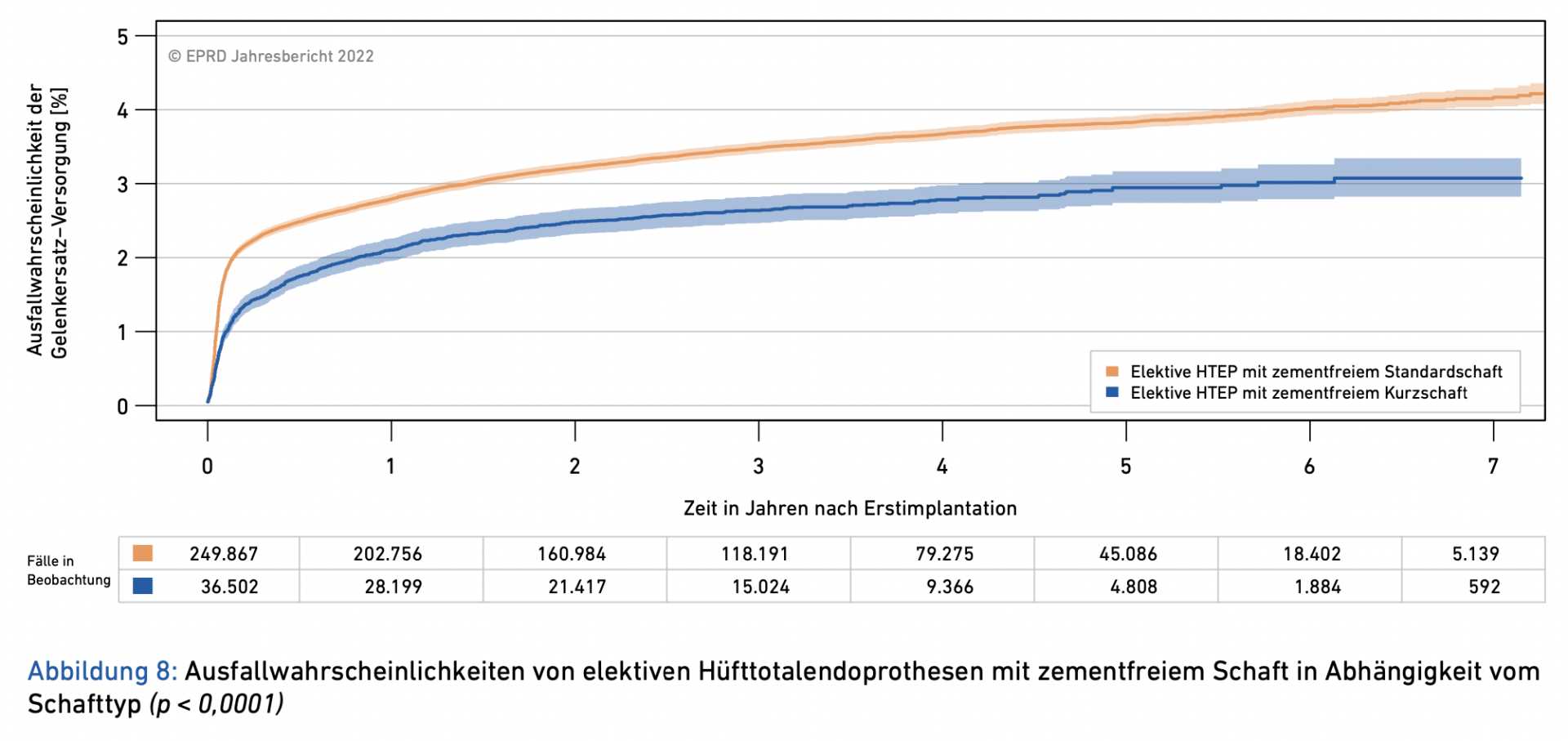
SHORT SHAFT PROSTHESIS IN THE REGISTER
NOW A SHORT SHAFT PROSTHESIS IS USED IN 12% OF ALL INITIAL IMPLANTATIONS. THE SHARE HAS BEEN CONTINUOUSLY INCREASE OVER THE RECENT YEARS.
THE REGISTER SHOWS A SIGNIFICANTLY LOWER COMPLICATION RATE COMPARED TO CONVENTIONAL IMPLANTS.
SOURCE: www.eprd.de
CONVENTIONAL HIP arthroplasty
Standard prostheses, or so-called straight shaft prostheses , have been tried and tested implants for decades. They can usually be inserted either cement-free or cemented (bone cement is a plastic that acts as a bonding material between the bone and the implant). They are often used when bone quality is reduced. If you have existing osteoporosis , the operation is usually cemented.
AS A HIP SPECIALIST , I WILL BE HAPPY TO PROVIDE YOU WITH INFORMED ADVICE REGARDING THE DIFFERENT THERAPY OPTIONS!








